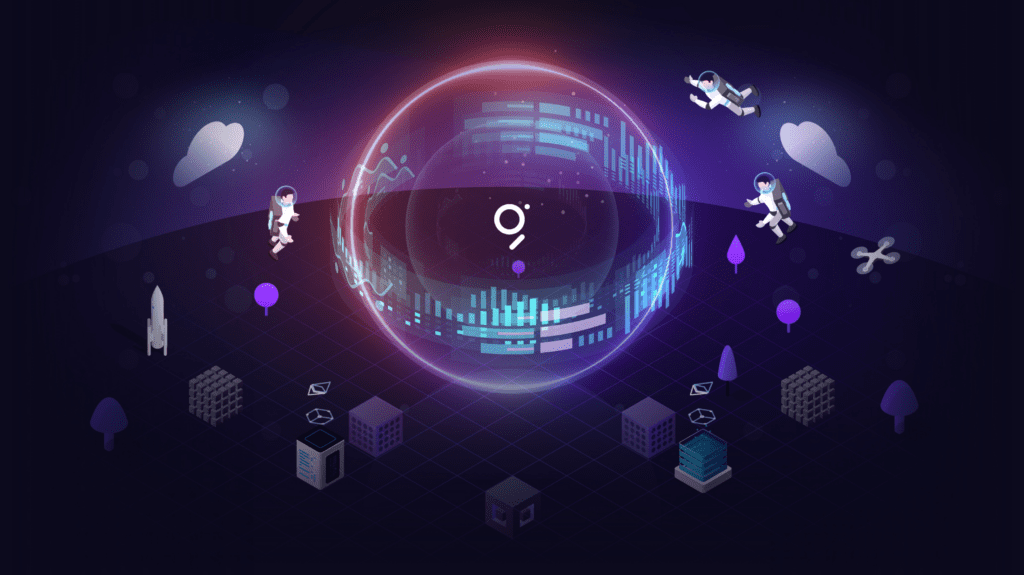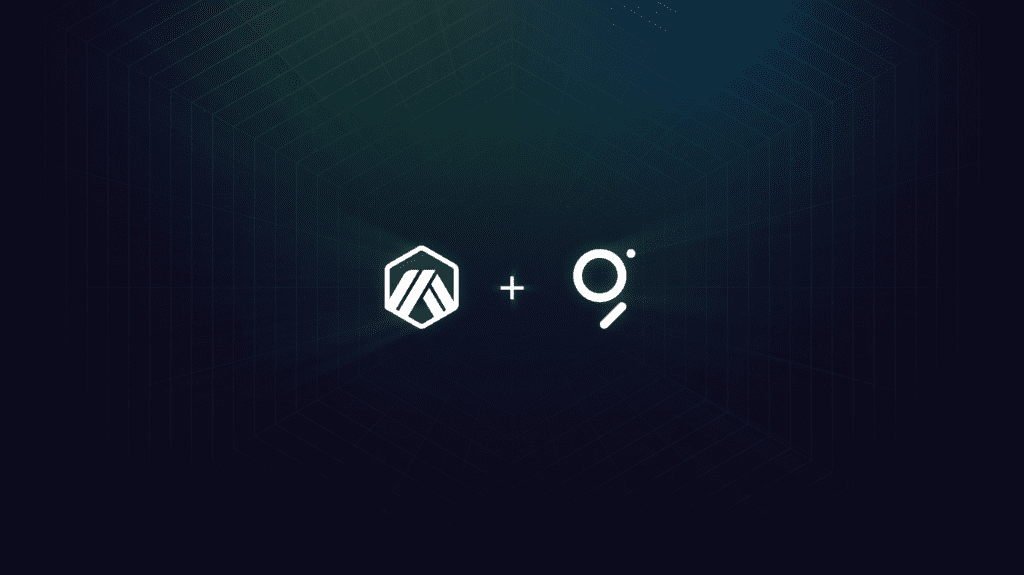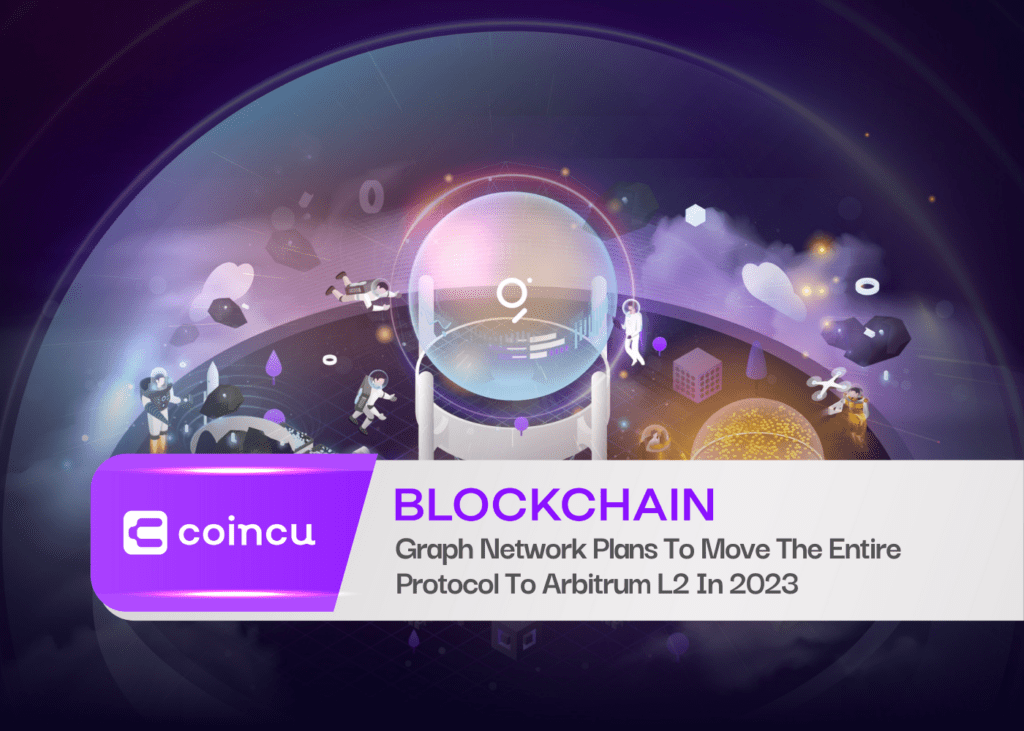The Graph has announced its 2023 roadmap with plans to move the entire Graph protocol to Arbitrum. The network says that moving to L2 can reduce costs by about 3,000%.

The Graph (GRT), a protocol that indexes blockchain data, presented a roadmap for network development this week. The official website then commented on what the main developing team is presently working on to improve the project.
Moving the protocol to Layer-2 using Arbitrum One is one of the four components of Graph’s development plan. According to the protocol’s blog post, the transition to Arbitrum will take place in the following year. The other development is connected to Substreams, its hosted service. The goal of these advancements is to make the network stronger and more scalable.
This is the most significant advancement for the entire network. This protocol, which allows developers to create and publish open APIs (Application Programming Interfaces), will be totally replaced by Arbitrum. The L2 protocol is a technology that enables Ethereum players to settle transactions outside of the Ethereum Mainnet, therefore lowering transaction time and cost.

Because Arbitrum is one of the most often utilized Layer 2 chains, the move will result in increased throughput for The Graph. The Graph was moved to L2 because of Ethereum’s high-cost environment making it impossible for network participants to function efficiently and financially. The network said in the blog post:
“Ethereum’s high-fee environment has made it difficult for network participants to operate effectively and profitably. For this reason, moving to Arbitrum will create huge opportunity to grow the Graph network. This is extremely important for node operators that run the Indexer nodes, as well as heavy users of the protocol.”
Moving to Arbitrum will, as a result, create several chances for the expansion of Graph Network. Furthermore, the upgrade is especially significant for network node operators and intensive protocol users.
Moving to Arbitrum will also benefit Delegators and Curators, who may enjoy decreased network fees as a result of their vital positions in the ecosystem.
The move to Arbitrum isn’t the only change on the Graph’s impending agenda. Indexing remains the spinal cord of The Graph Network, according to the network, making it critical to make it a quick operation to complete.
Given this, the speed of indexing for subgraphs has been a problem for the protocol Decentralized Network. This is especially true for dApps that must scan massive amounts of data on the blockchain, which takes a long time.
DISCLAIMER: The Information on this website is provided as general market commentary and does not constitute investment advice. We encourage you to do your own research before investing.
Join us to keep track of news: https://linktr.ee/coincu
Website: coincu.com
Harold
CoinCu News





